Monetary Policy Committee of India: Explore the transformative journey of India’s monetary policy with the establishment of the Monetary Policy Committee, ushering in transparency, accountability, and collaborative decision-making.
also read Bharat Mobility Global Expo 2024: Paving the Way for a Sustainable Automotive Future
Introduction: Monetary Policy Committee of India
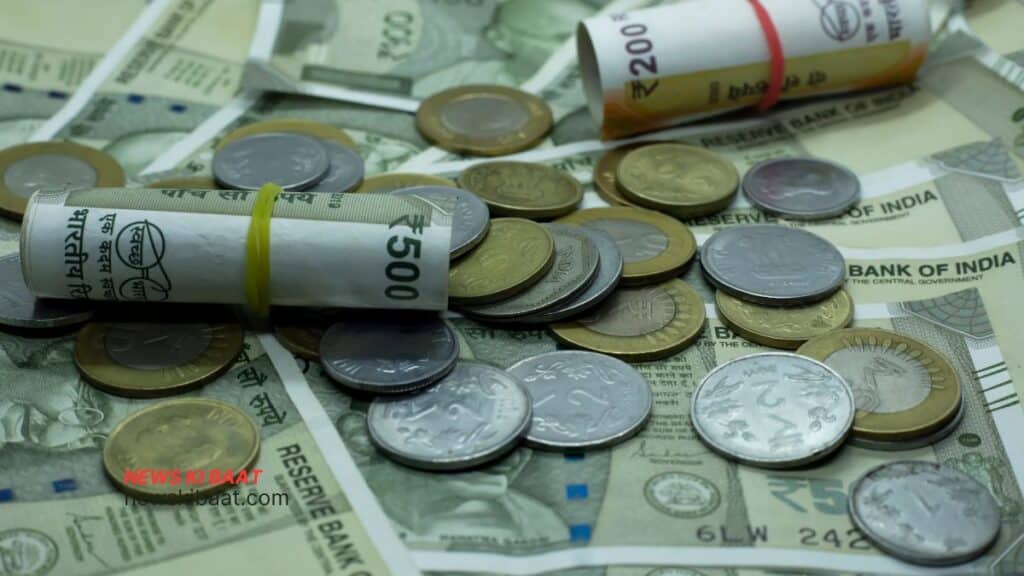
In a significant stride towards enhancing transparency and accountability in India’s monetary policy, the Monetary Policy Committee (MPC) was established on June 27, 2016. This pivotal move marked a departure from the traditional approach where the governor of the Reserve Bank of India (RBI) solely decided key monetary policy parameters.
Background: Monetary Policy Committee of India
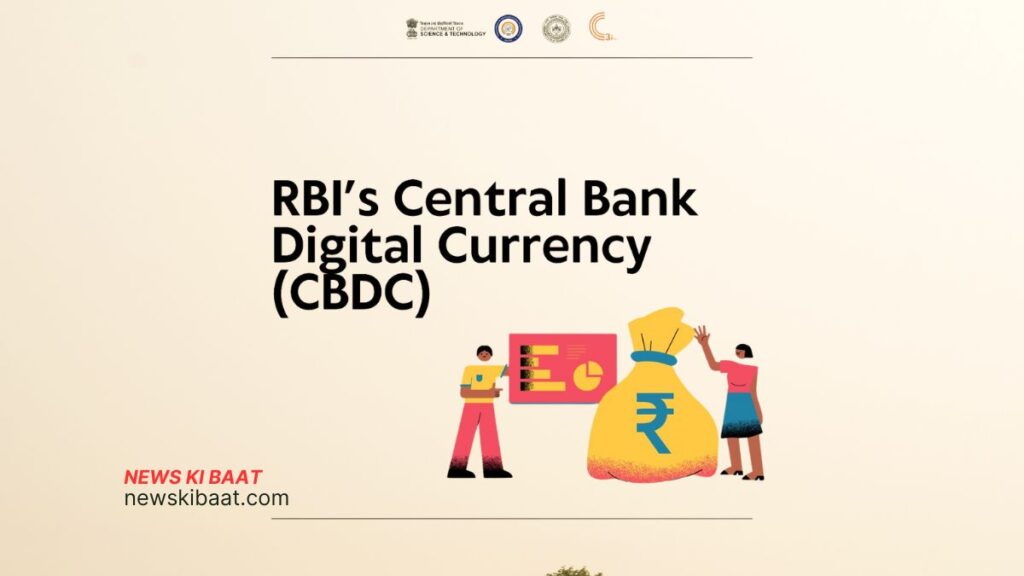
The need for a committee-based approach to monetary policy decision-making had been recognized earlier by various committees such as the YV Reddy committee in 2002, the Tarapore committee in 2006, the Percy Mistry committee in 2007, and the Raghuram Rajan committee in 2009. However, it was the recommendations of the Urjit Patel Committee in 2013 that laid the foundation for the formation of the MPC.
Composition and Decision-Making Process:
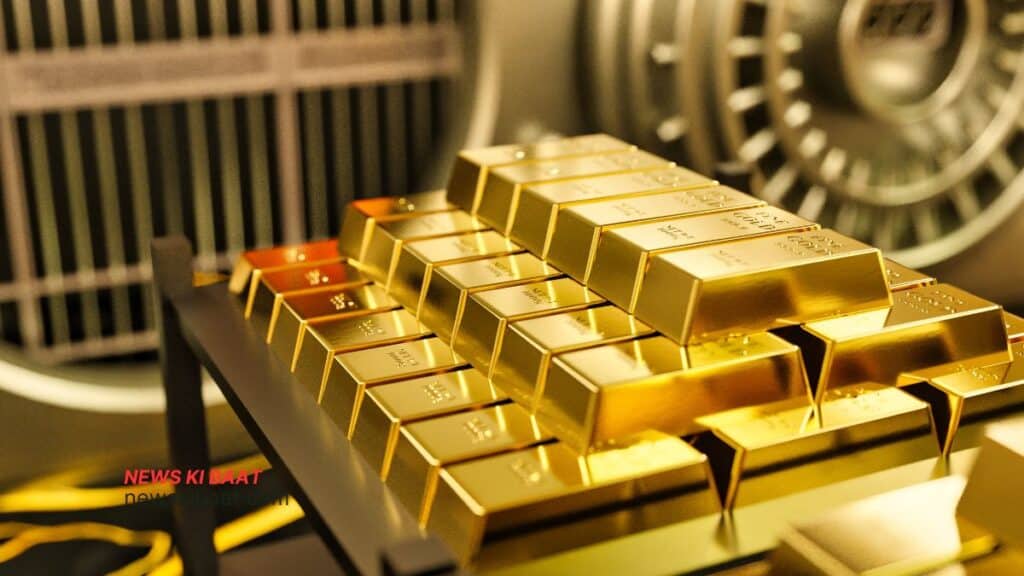
The MPC comprises six members, with three officials from the RBI and three external members nominated by the government of India. The governor of the RBI serves as the ex officio chairperson of the committee. Decision-making involves a majority vote, with the governor holding the casting vote in case of a tie. The current mandate of the MPC is to maintain an annual inflation rate of 4% until March 31, 2026, with an upper tolerance of 6% and a lower tolerance of 2%.
Silent Period and Confidentiality:

To ensure utmost confidentiality surrounding rate decisions, the MPC adheres to a “silent period” seven days before and after each meeting. During this period, committee members abstain from public commentary on monetary policy matters. This practice underscores the commitment to maintaining the integrity and confidentiality of the decision-making process.
Historical Context and Friction Resolution:

Before the establishment of the MPC, the governor of the RBI held sole authority over key monetary policy decisions. This led to uncertainty and occasional friction between the government and the central bank, especially during periods of low growth and high inflation. The MPC’s formation addressed these concerns by introducing a collaborative decision-making process, reducing the likelihood of conflicts.
Role of MPC in Policy Formulation:
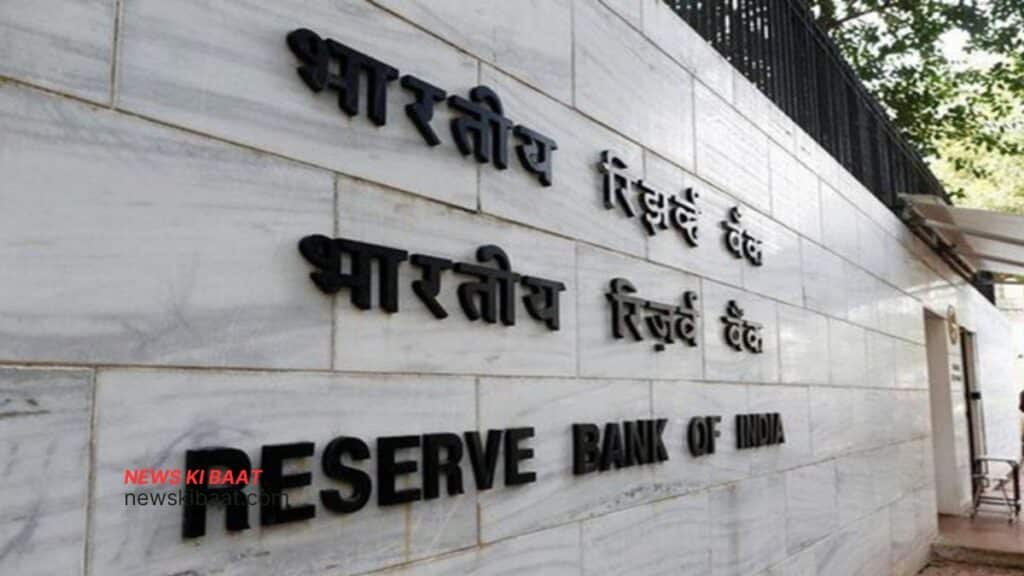
The Reserve Bank’s Monetary Policy Department (MPD) plays a crucial role in supporting the MPC by assisting in formulating monetary policy. Input from key stakeholders in the economy, coupled with analytical work conducted by the Reserve Bank, contributes to the decision-making process regarding the policy repo rate. The Financial Markets Operations Department (FMOD) operationalizes the monetary policy through day-to-day liquidity management operations.
Accountability to the Government:
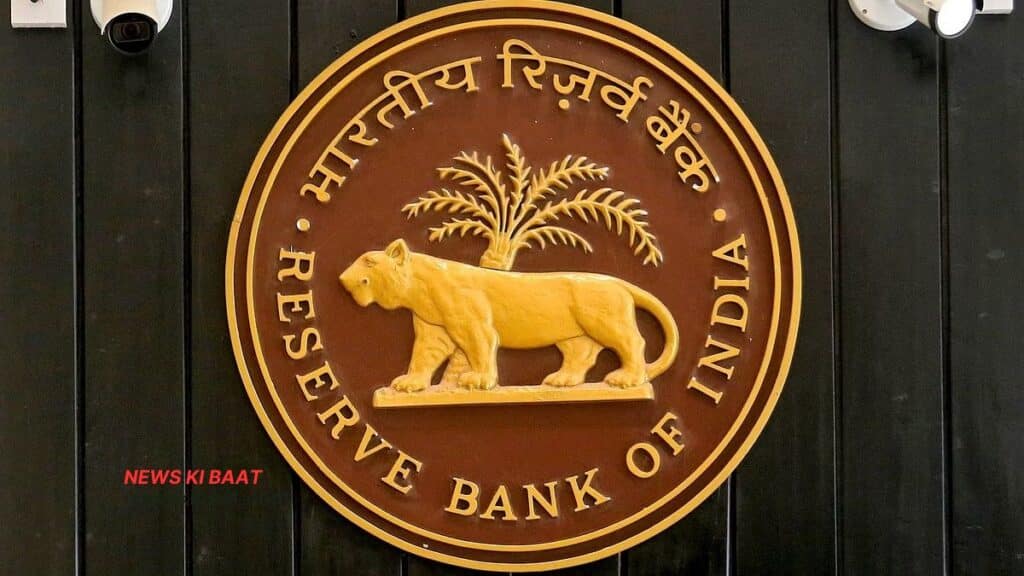
The MPC is accountable to the government of India, especially in cases where inflation exceeds the prescribed range for three consecutive quarters. This accountability mechanism ensures a checks-and-balances system, promoting responsible and measured monetary policy decisions.
Conclusion: Monetary Policy Committee of India
The establishment of the Monetary Policy Committee in India represents a paradigm shift towards a more transparent, accountable, and collaborative approach to monetary policy. By bringing together experts from both the central bank and external domains, the MPC fosters a comprehensive and well-informed decision-making process. As the committee continues to navigate the challenges of maintaining price stability and economic growth, its role remains pivotal in shaping the trajectory of India’s monetary policy landscape.
also read : Monetary Policy Committee (India)
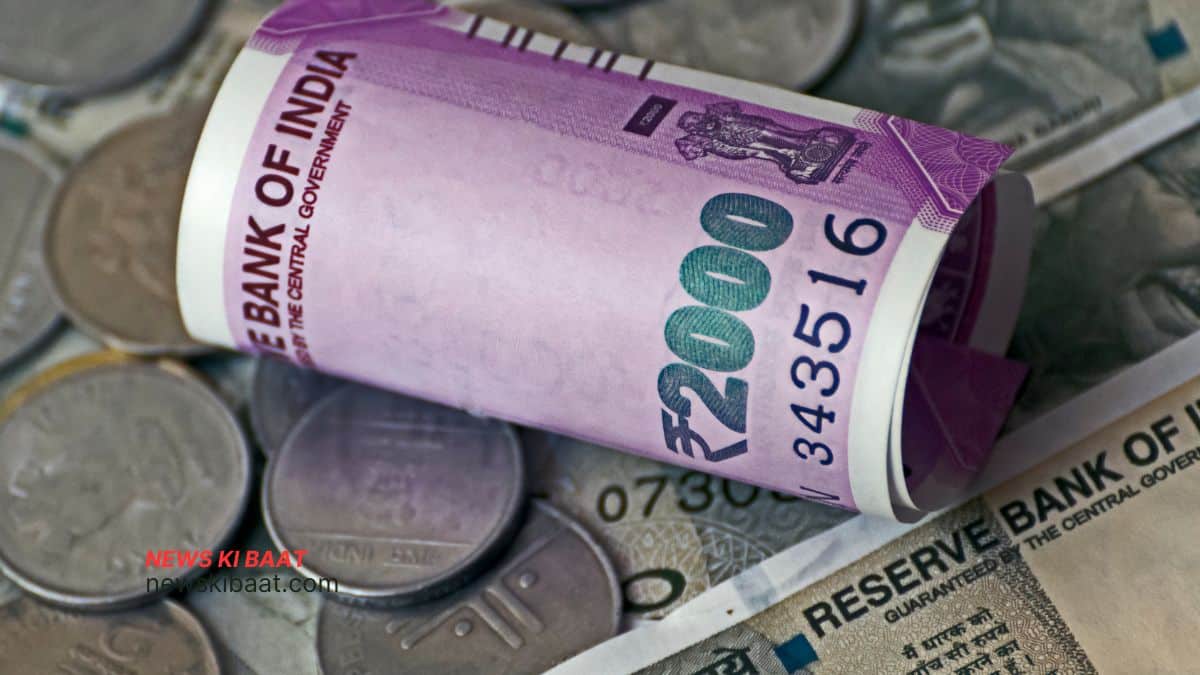

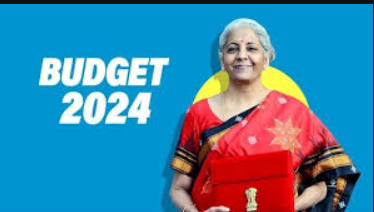
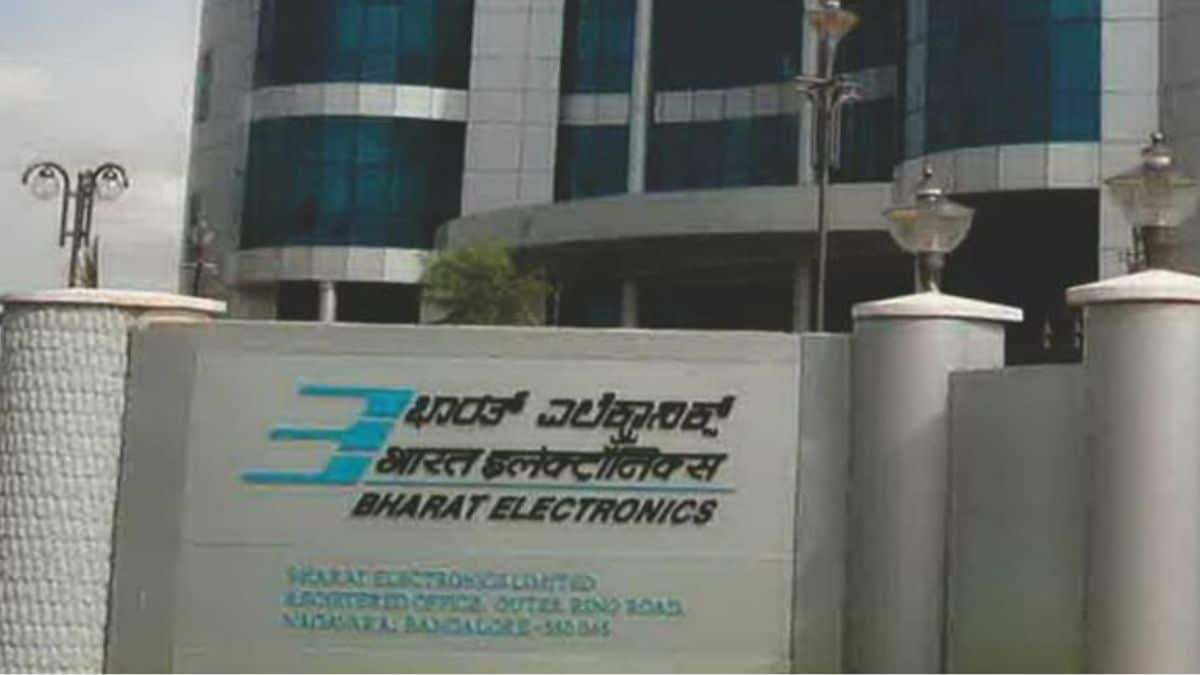

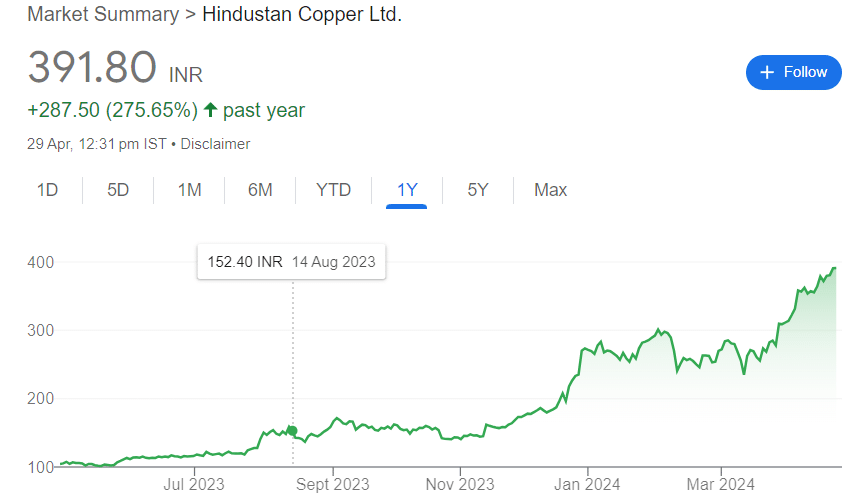





3 thoughts on “The Monetary Policy Committee of India: Evolution of Transparency and Accountability”
Comments are closed.